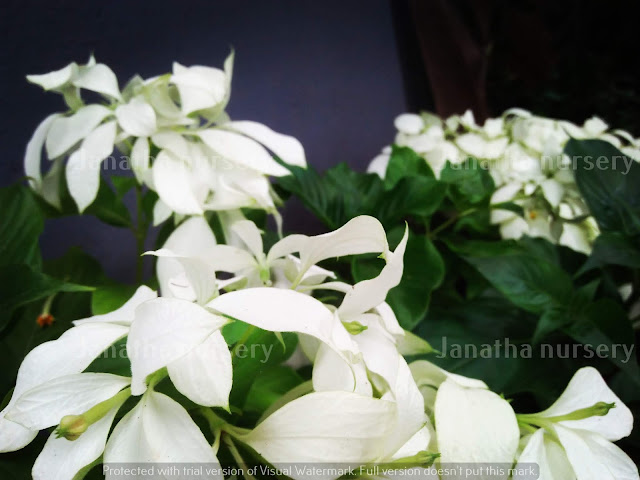
Euphorbia could be a genus of plants within the rosid dicot genusceae family. It contains a minimum of two,100 species and is one in all the foremost numerous teams of flowering plants on earth. Many of the species square measure referred to as "spurges." all of them turn out a principally white latex that they exude once cut, and this sap is commonly cyanogenetic. There square measure several nonwoody spurges, particularly in temperate zones worldwide, however the genus is best famous for its several succulent species, a number of that seem terribly kind of like cacti. Succulent euphorbias square measure most numerous in southern and jap Africa and Madagascar, however they conjointly occur in tropical Asia and therefore the Americas.
What makes a Euphorbia?
All flowers in the Euphorbiaceae are unisexual (either male or female only), and they are often very small in size. In rosid dicot genus, the flowers square measure reduced even additional so mass into associate degree inflorescence or cluster of flowers referred to as a "cyathium" (plural cyathia). This feature is present in every species of the genus but nowhere else in the plant kingdom. Whereas most alternative giant genera of plants dissent in options of the flowers themselves, rosid dicot genus varies instead in options of the cyathium, which might show superb modifications in numerous groups within the genus.
























